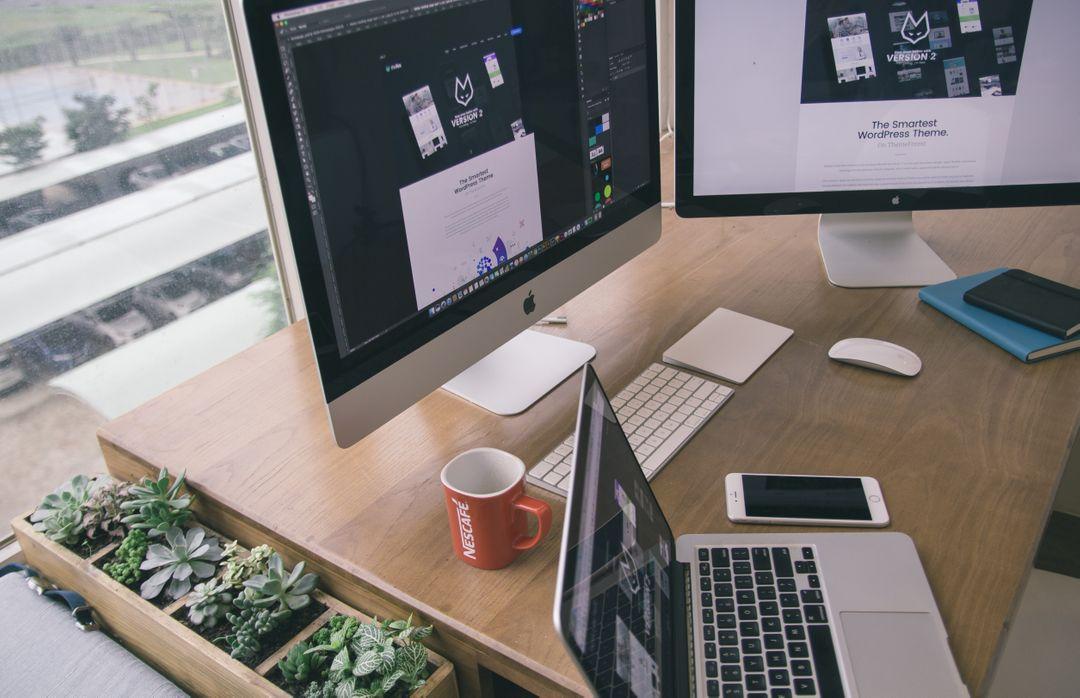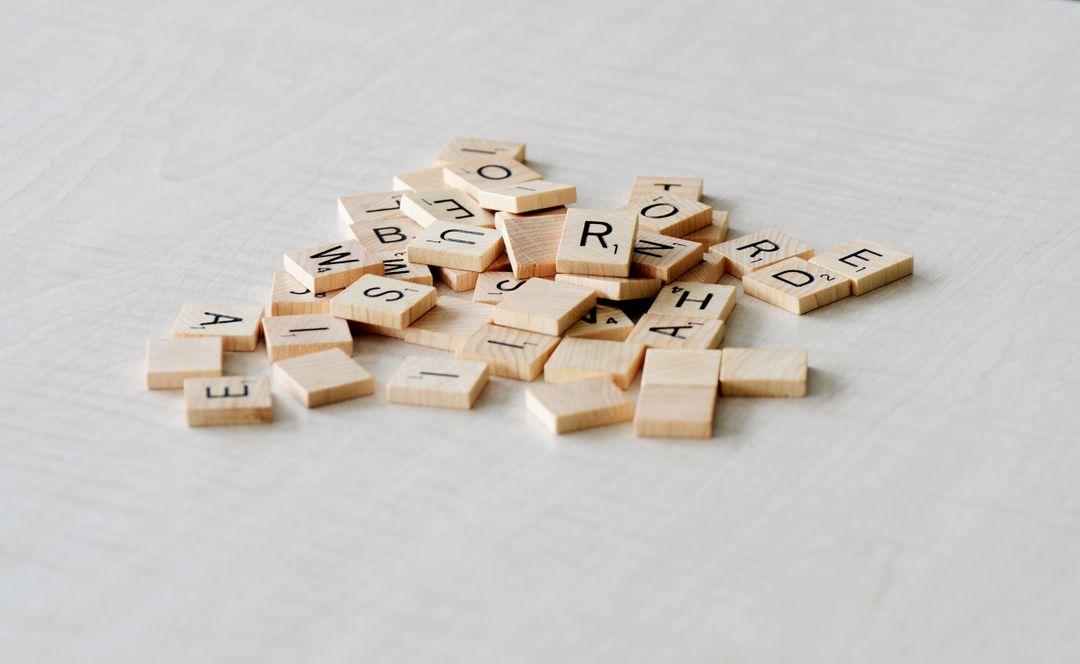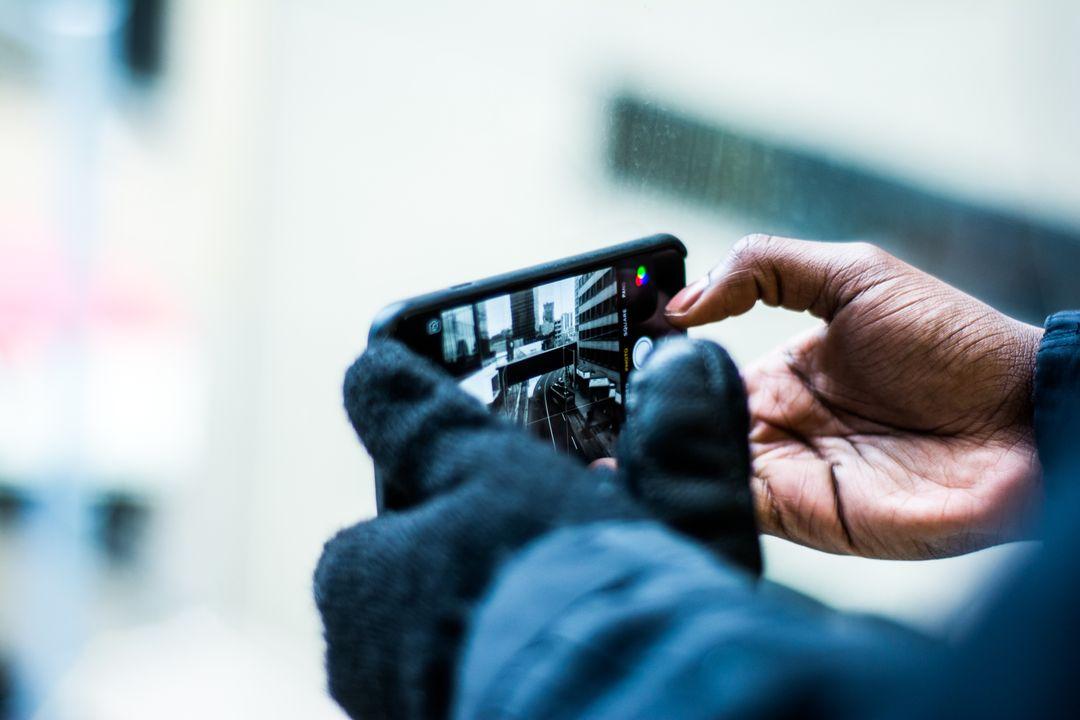Being a graphic designer sounds like an easy gig, right? As long as you’re tech-savvy, and know which colors go with what, you’ve got it in the bag!
… Unfortunately not. Like many other design careers, being a successful graphic designer takes time, practice, and plenty of resilience. You have to turn products and services into stories that consumers can lap up. It’s more than just making something “pretty” - you have to make it conversion-worthy.
The story you create, as a designer, can be told with colors, fonts, textures, images, and many other graphical elements. This is every graphic designers’ dream: the moment you bring to life a creative vision. It’s important to be original with your designs, of course, but it’s also true to say that there are certain things that all good designs have in common.
But what are they?
We’re glad you asked. Without further ado, here are 15 graphic design tips - acknowledged by the very best designers in the industry. Packed with inspiration and quick fixes, you can use this article as a reference point for your journey into the industry...









